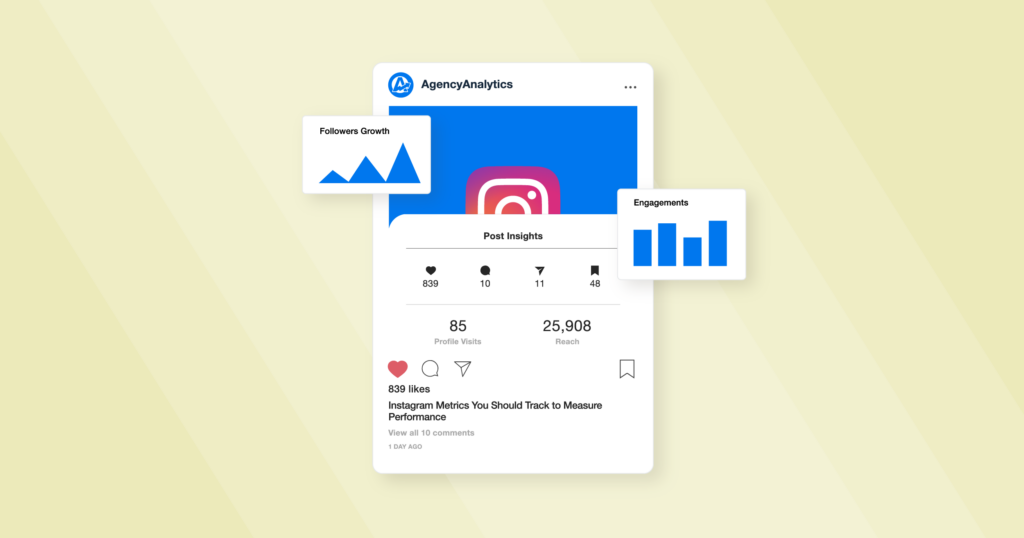
In today’s digital age, social media platforms have become indispensable tools for marketers seeking to reach and engage with their target audience. Among these platforms, Instagram stands out as a powerhouse for visual storytelling and brand promotion, offering marketers a plethora of advertising options to showcase their products and services. However, to maximize the effectiveness of Instagram advertising campaigns, marketers must delve into the realm of ad analytics, gaining insights into their campaign performance and identifying areas for optimization. In this article, we’ll explore seven key performance indicators (KPIs) that every marketer should track when analyzing Instagram ad campaigns.
1. Reach: Reach refers to the total number of unique users who have seen your Instagram ad. Tracking reach allows marketers to gauge the overall visibility and exposure of their ad campaigns, providing insights into the potential audience size reached by their ads.
2. Impressions: Impressions represent the total number of times your Instagram ad has been displayed to users, including multiple views by the same individual. Monitoring impressions helps marketers understand the frequency with which their ads are being shown and assess the level of ad saturation among their target audience.
3. Engagement Rate: Engagement rate measures the level of interaction generated by your Instagram ad, including likes, comments, shares, and clicks. Calculated as a percentage of total impressions, engagement rate provides valuable insights into the effectiveness of your ad in capturing audience attention and driving user engagement.
4. Click-Through Rate (CTR): CTR measures the percentage of users who clicked on your Instagram ad after viewing it. A high CTR indicates that your ad is compelling and relevant to your target audience, while a low CTR may indicate that adjustments are needed to improve ad content or targeting.
5. Conversion Rate: Conversion rate tracks the percentage of users who completed a desired action after clicking on your Instagram ad, such as making a purchase, signing up for a newsletter, or downloading an app. By monitoring conversion rate, marketers can assess the effectiveness of their ad in driving desired outcomes and optimizing their campaign strategies accordingly.
6. Return on Ad Spend (ROAS): ROAS measures the revenue generated for every dollar spent on Instagram advertising. By calculating the ratio of revenue generated to ad spend, marketers can determine the profitability and efficiency of their ad campaigns, helping them allocate resources more effectively and maximize return on investment.
7. Cost per Acquisition (CPA): CPA represents the average cost incurred to acquire a new customer or lead through Instagram advertising. By dividing total ad spend by the number of conversions, marketers can assess the cost-effectiveness of their ad campaigns and optimize their targeting and messaging strategies to improve CPA over time.
Conclusion: Instagram ad analytics play a critical role in helping marketers assess the performance and effectiveness of their advertising campaigns on the platform. By tracking key performance indicators such as reach, impressions, engagement rate, CTR, conversion rate, ROAS, and CPA, marketers can gain valuable insights into audience behavior, campaign effectiveness, and return on investment. Armed with these insights, marketers can make informed decisions, optimize their ad campaigns, and drive meaningful results for their brands on Instagram.